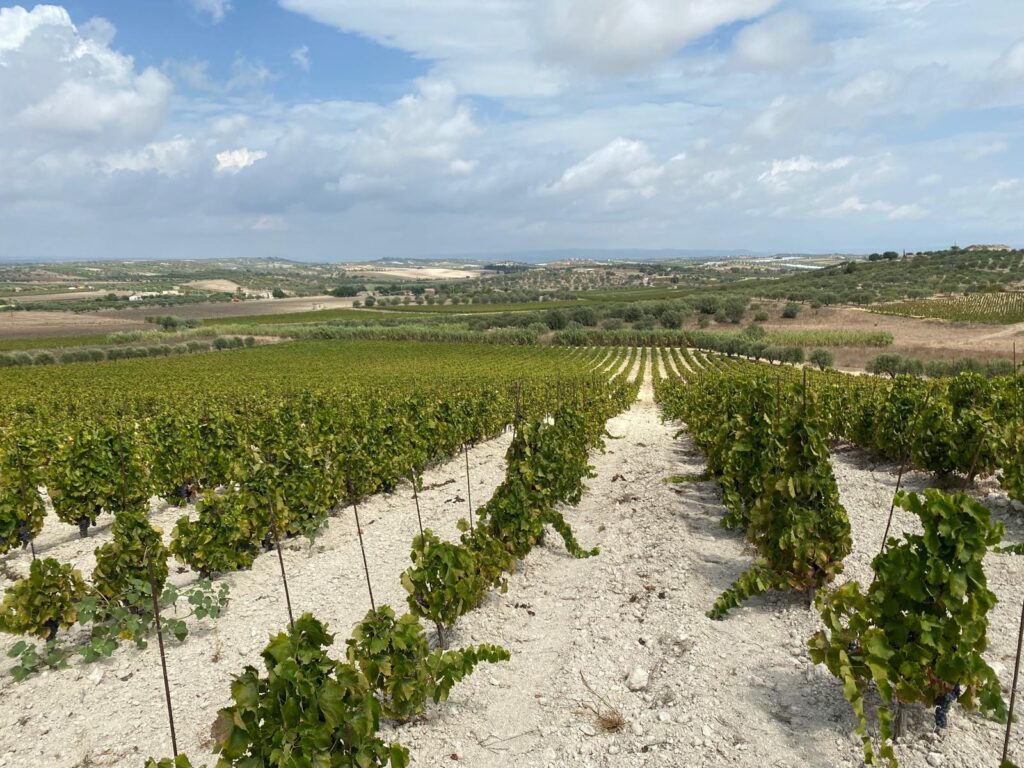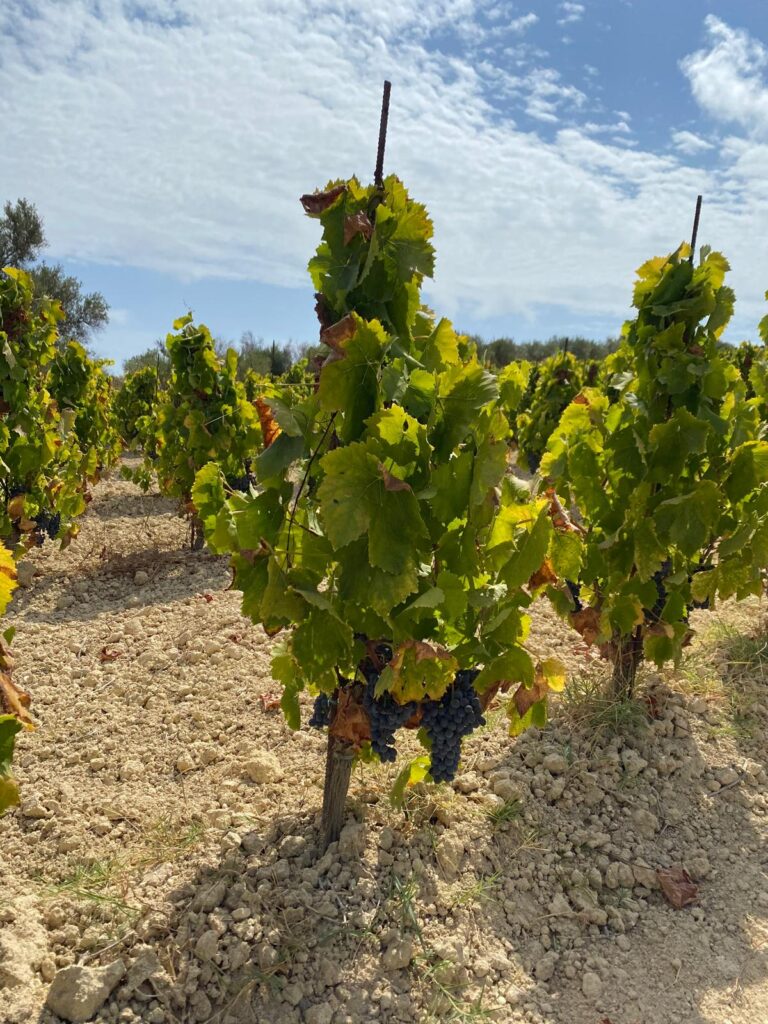Dear friend,
“Terre Calcaree” and “Terre Argillose”, two wines that you may have learned to know over the years. A distinction that is not accidental: since I arrived at the company I have always been fascinated by the typical soils of our district. Soils that differ greatly in terms of color and composition.
Soils that give rise to a spectacular heterogeneity and that must be worked in very different ways:
- On calcareous soils – light in color, almost white, loose and with a very fine texture – the work is reduced, the consistency acts as a plug and keeps the roots cool thanks also to a high water retention.
- On clayey soils – which take on a yellow color – the soil is very compact in the more humid periods and then opens up quickly during the hot season, and here the soil must be worked more often to avoid cracking phenomena that would expose the roots to the summer heat.
Vines with clay soils generally ripen earlier than those with limestone soils (we often harvested in October, a harvest period that is almost unthinkable for our hot and arid climate). We have been practicing biodynamic agriculture for more than fifteen years, and I have noticed that over time the vines behave differently than at the beginning, ripening the grapes more slowly, without excessive accumulation of sugars but with high acidity even during later harvests.

Calcareous soils

Clayey soils
From the beginning, to accommodate these differences and not having a history of the individual expressions in wine of our plots, I decided to vinify each vineyard separately, with particular attention to “Nero d’Avola”. If initially I also vinified the various vineyards differently, following a bit of instinct and a bit of taste, then I understood that to reflect what I was looking for it was necessary to work all the grapes in the same way. From that moment, even abandoning the use of wood in favor of only steel, everything became clearer: the different nuances of the soils emerged very clearly. It was then that we began to market eight different labels of “Nero d’Avola” from eight different plots, all part of the same district.
The project was fantastic from an educational point of view, but it proved complicated in terms of communication and commercial management. Above all, I wondered, what was the purpose? I had learned a lot, I had better understood my district, my soils, my vines and my grapes but I had also understood that that was part of a journey: the work done had to be simplified and made more immediate. For this reason, with the 2021 harvest, “Terre Calcaree” and “Terre Argillose” were born, two wines that are an expression of our district, “Contrada Buonivini”, but from different soils. Two wines that made me understand how it is not always necessary to seek the expression of the single vineyard, of the small plot, of the cru. Sometimes it is true that the whole is greater than the sum of its parts. I always reiterate that the vine is part of the territory and that the land on which the vines live is the territory!!
With the 2023 vintage, we have reached the third edition of these wines, our message is clearer and more intuitive and is giving us great satisfaction, but I believe that we would never have arrived at having this precision if we had not undertaken the path of parcelling that we have done in the past.
Until next time…
Pierpaolo Messina
